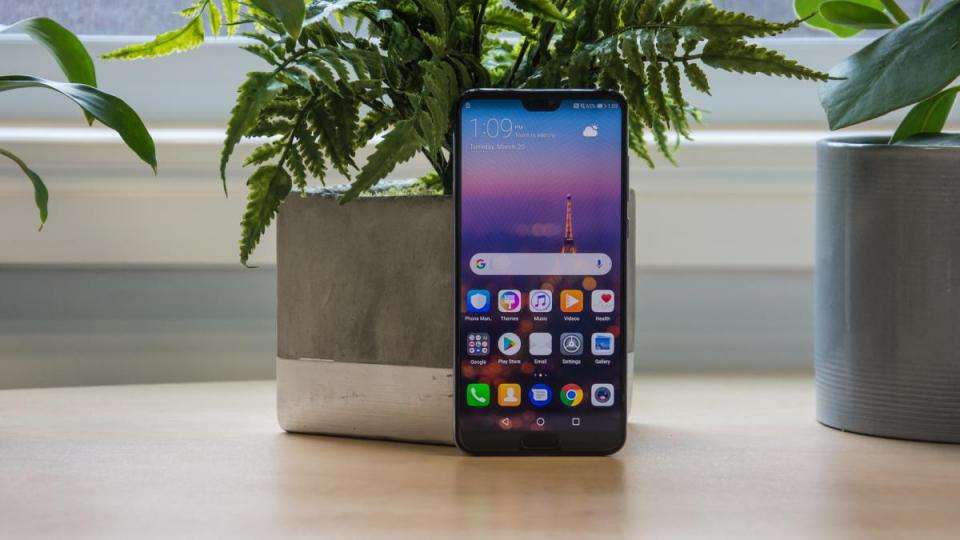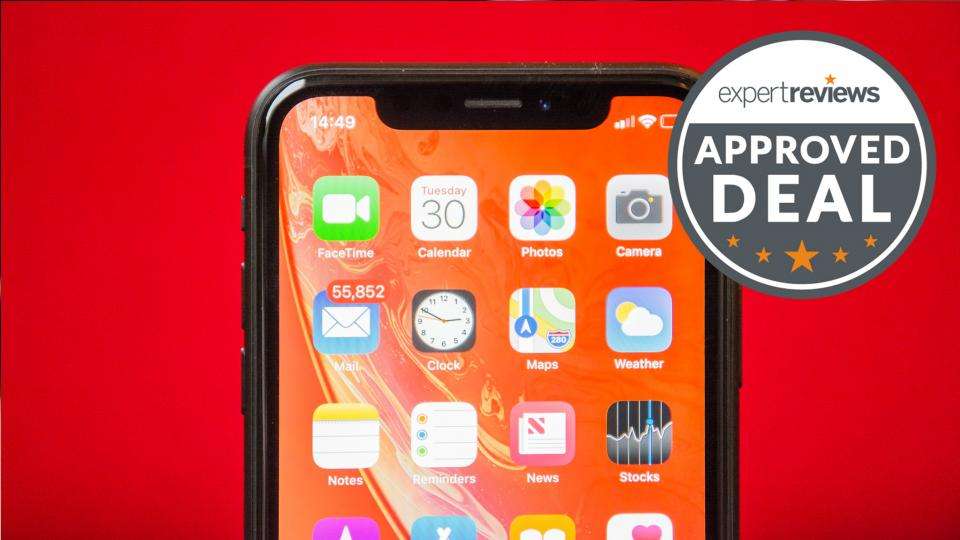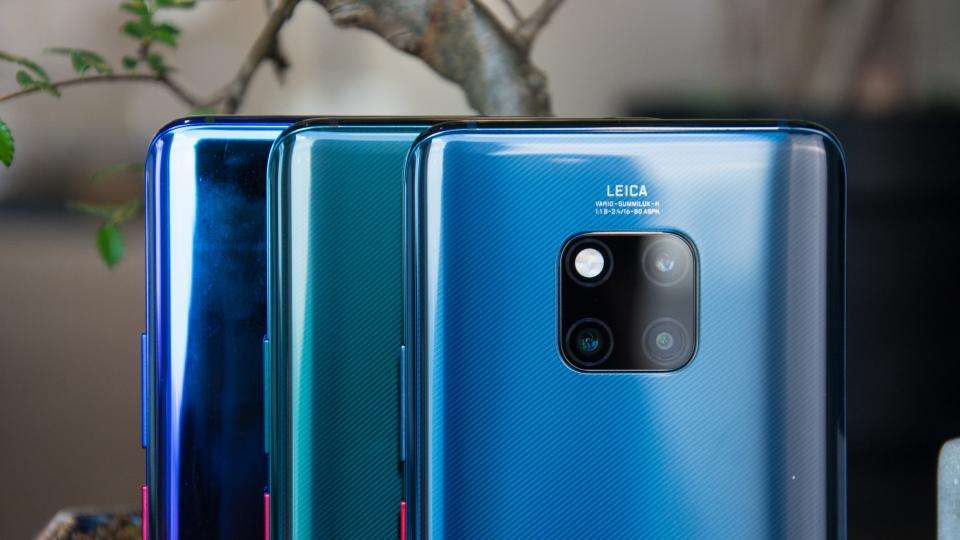Choosing the right smartphone can be overwhelming with the vast range of options available. To make an informed choice, it's crucial to focus on key factors such as budget, operating system, performance, camera quality, and extra features. This guide will help you navigate these elements and find the perfect device for your needs. By carefully evaluating each aspect, you can ensure your new smartphone matches your lifestyle and preferences. Whether you prioritize gaming performance or high-quality photography, understanding each specification will make the selection process much simpler. Let’s explore these essential factors to consider.

Determine Your Budget and Pricing Options
Setting a Realistic Budget
Before diving into the sea of smartphone options, setting a realistic budget is critical. Determine how much you are willing to spend and consider what features are non-negotiable for you. Entry-level smartphones typically range from $100 to $300 and are great for basic tasks like calling and browsing. Mid-range smartphones, costing between $300 and $700, offer better performance, more storage, and improved cameras. Premium smartphones start from $700 and can go up to $1,500 or more, featuring cutting-edge technology and top-tier specs.
Exploring Financing and Payment Plans
If the upfront cost of a smartphone seems daunting, exploring financing and payment plans can be beneficial. Many carriers and retailers offer installment plans that allow you to pay off your device over time, often with little to no interest. This way, you can afford a higher-end smartphone without breaking the bank. Consider options like carrier contracts, leasing programs, and buy-now-pay-later services.
Evaluate each financing option’s terms and conditions, interest rates, and total costs. This strategy can help you manage your finances better while still getting the smartphone that meets your needs.
Choose the Appropriate Operating System
iOS vs. Android: Which Suits You Best?
When choosing a smartphone, the first decision is often between iOS and Android. iOS, exclusive to Apple devices, is known for its seamless integration, robust security, and intuitive user experience. In contrast, Android, used by manufacturers like HONOR, offers flexibility, customization, and a wider range of hardware options. Android users can personalize their devices more extensively, and the Google Play Store provides a broader selection of apps and better integration with Google services.
Considering Other Operating Systems
While iOS and Android dominate the market, alternatives like KaiOS and HarmonyOS are also available. KaiOS, designed for feature phones, offers essential functions at a lower cost, catering to users who prefer a simpler mobile experience. HarmonyOS, developed by Huawei, is an emerging option offering an interconnected experience across various devices, promising smooth integration within its ecosystem.
Understanding the pros and cons of each operating system will help you select the one that best fits your preferences and lifestyle.
Assess Performance Requirements
Understanding Processors and RAM
A smartphone’s processor and RAM significantly impact its performance. The processor, or CPU, is essentially the brain of your smartphone. High-end processors, like Qualcomm’s Snapdragon 8 series, deliver faster and smoother performance, ideal for gaming, multitasking, and heavy applications.
RAM, or Random Access Memory, influences how many apps your phone can handle simultaneously without slowing down. More RAM (4GB or higher) ensures quicker access to applications and smoother multitasking experiences. Mid-range devices often feature between 2GB and 6GB of RAM, offering decent multitasking capabilities for everyday use.
Choose a device with a powerful processor and sufficient RAM suited for your needs. Gamers and heavy users should opt for higher specs, while casual users can settle for mid-range options.
Evaluating Storage Needs
Consider your storage needs based on how you use your smartphone. Entry-level phones typically offer 32GB to 64GB of storage, which can suffice for basic users. Mid-range smartphones provide 128GB to 256GB of storage, suitable for users who store moderate amounts of apps, media, and files.
For those who need even more storage, premium devices can offer 512GB or even 1TB. Cloud storage services can also supplement onboard storage, allowing you to keep important files and media accessible without taking up space on your device.
Evaluate your requirements for apps, photos, videos, and other files to choose a device with adequate storage.

Prioritize Camera Quality and Features
Key Camera Specifications to Consider
Camera quality has become a significant factor in smartphone selection. Essential specifications include megapixels, aperture size, and sensor type. Higher megapixels often translate to better resolution and clarity. A wider aperture (lower f-number) allows more light for better low-light performance. Larger sensors generally produce higher-quality images.
Additionally, consider the number of lenses and their functionalities, such as wide-angle, ultra-wide, telephoto, and macro lenses. These features let you capture various types of photos, from scenic landscapes to close-up details.
Additional Photography Features
Many smartphones offer advanced photography features like optical image stabilization (OIS), night mode, and 4K video recording, enhancing your camera experience. OIS reduces blur in photos and videos, while night mode improves low-light photography. Features like Pro mode offer manual control over settings like ISO, shutter speed, and white balance, providing more creative freedom.
Software enhancements, such as AI and machine learning, also play significant roles in enhancing photos. AI can automatically adjust settings to capture the best shot based on the scene and lighting conditions.
Consider these additional features to find a smartphone capable of meeting your photography ambitions.
Identify Essential Additional Features
Battery Life and Charging Capabilities
A reliable battery is vital for a smartphone. Check the battery capacity (mAh) and consider your daily usage. Higher capacity ensures longer life, reducing the need to charge frequently. Look for reviews and user feedback on real-world battery performance as well. Fast charging and wireless charging capabilities are also crucial features. Fast charging lets you quickly top up your battery, while wireless charging adds convenience. Some smartphones also offer reverse wireless charging, allowing you to charge other devices.
Choose a smartphone with robust battery life and advanced charging features suited to your lifestyle.
Connectivity Options and Other Features
Connectivity and additional features can enhance your smartphone experience. Ensure the device supports the latest network technologies like 5G, which provide faster internet speeds and lower latency. Other connectivity options include NFC for contactless payments, Bluetooth 5.0 for improved wireless connections, and dual-band Wi-Fi for better internet performance.
Features like water resistance, stereo speakers, and biometric security (fingerprint or facial recognition) contribute to the overall functionality and user experience of the smartphone.
Consider these additional features to find a smartphone that offers a comprehensive and satisfying user experience.
Conclusion
Selecting the right smartphone requires careful consideration of factors like budget, operating system, performance, camera quality, and additional features. For instance, the HONOR 400 Lite offers an excellent balance of performance and value. Understand your specific needs in each area to ensure your new phone complements your lifestyle. Balance your budget with essential features, choose an operating system that suits you, and prioritize performance based on usage. If photography is key, focus on camera quality. Don’t assume the most expensive phone is the best for you—choose one that enhances your daily life. Take time to evaluate your priorities for a smart, informed purchase.






Leave a Reply